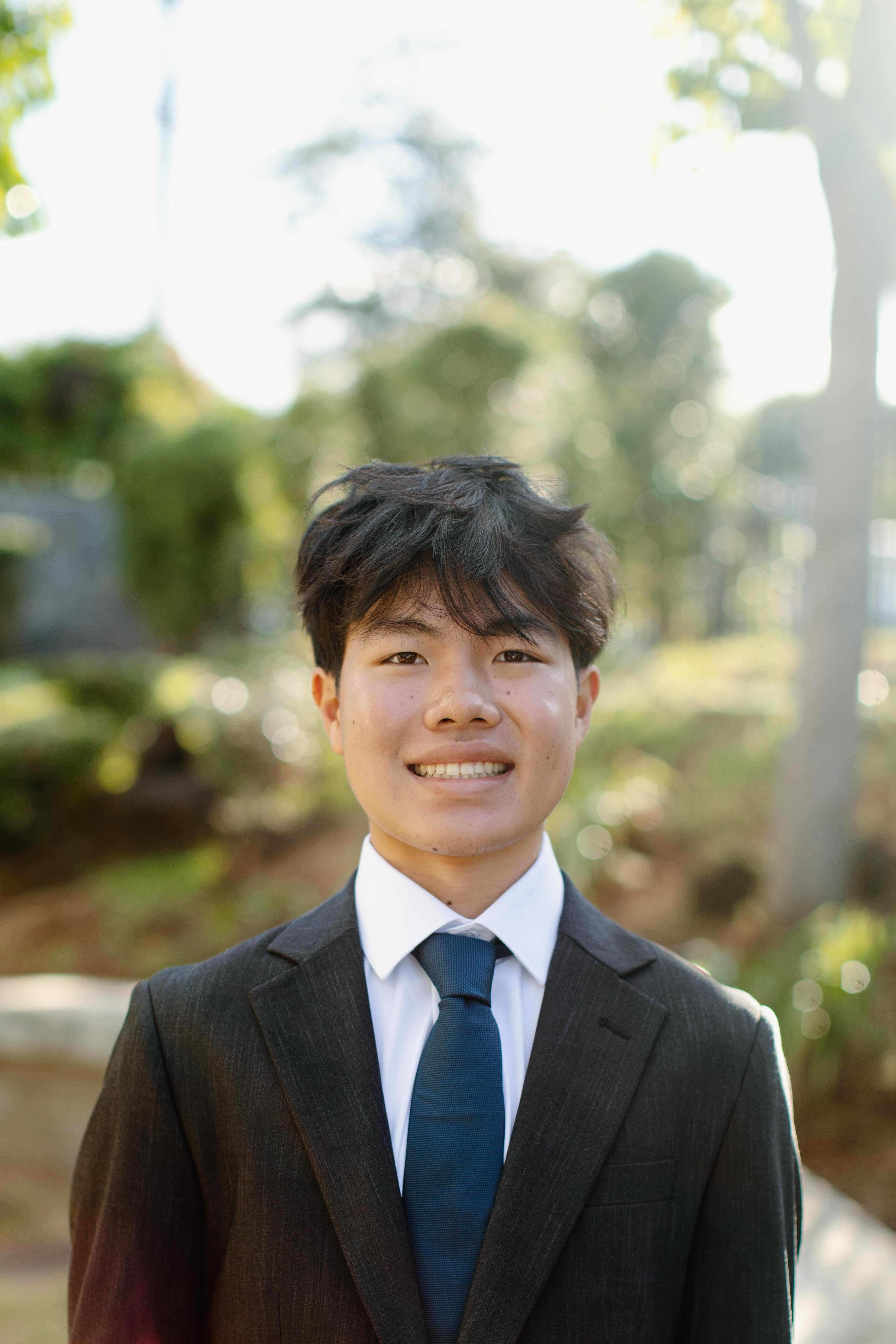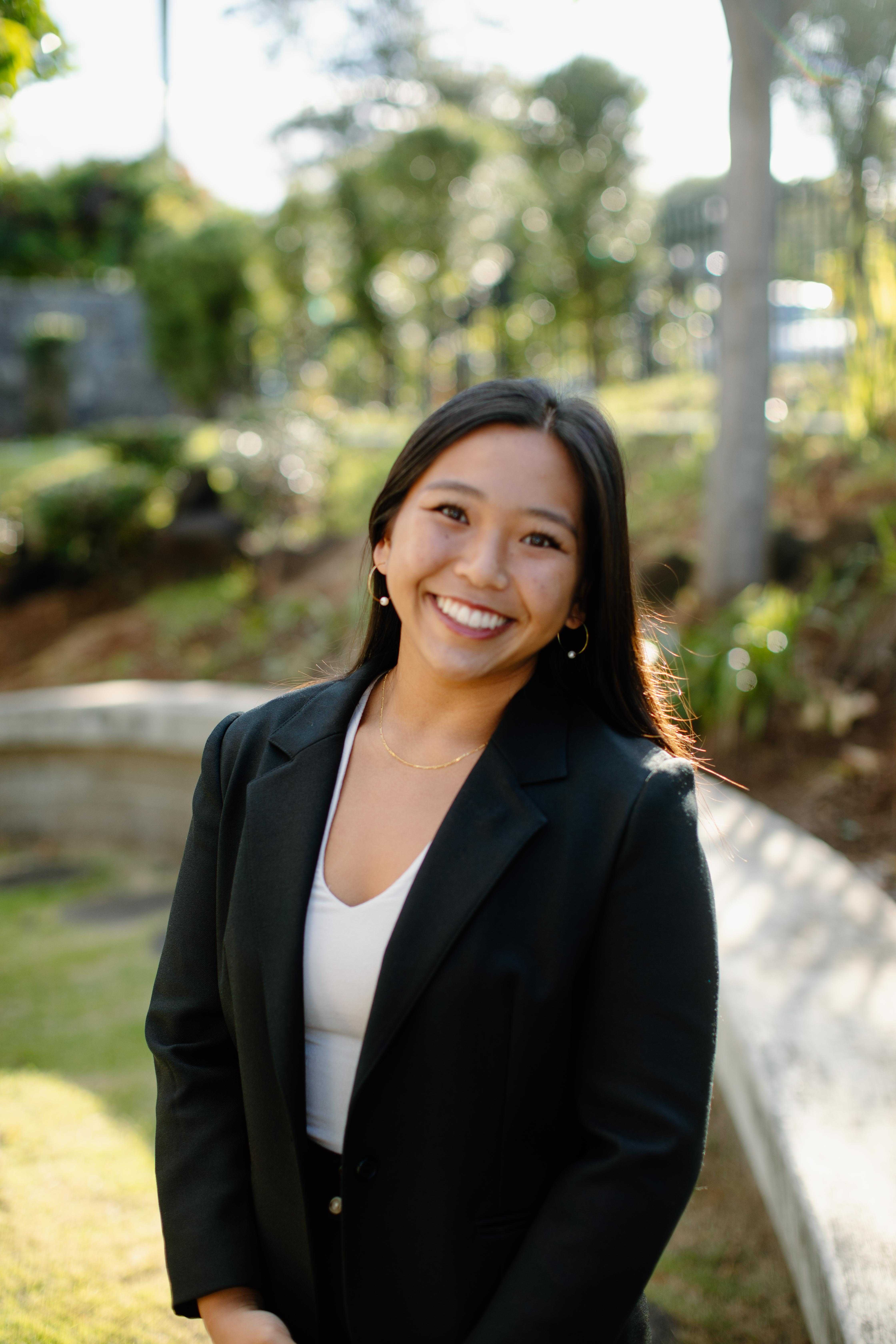Amid the relative quietness of Hawaii’s political landscape, the most consequential election of this year is one over 5,000 miles away: the New York City mayoral race. It’s a three-man race among Democrat Zohran Mamdani, Republican Curtis Sliwa and former New York Gov. Andrew Cuomo who is running as an independent.
The following editorial was originally published in the Honolulu Star-Advertiser on Sunday, May 4th as part of the “Raise Your Hand” column in the Insight section.
 |  |  |
By Carson Holt - Punahou Schools class of 2025, Rylie Kubo - Iolani School class of 2025, and Yeon Jae Kim - Roosevelt High School class of 2025
When visitors step off the plane at Daniel K. Inouye International Airport, they are
immediately met with the word “aloha.” It’s on the welcome signs, the brochures, and
those overpriced airport shirts. Hotel staff greet guests with a scripted “aloha,” and
plastic lei — often shipped in from thousands of miles away — are handed out. Aloha is
everywhere, at least in print.
This is the version of aloha that’s easy to sell. The kind that fits neatly on a souvenir or
slogan. But drive outside the tourist hubs, past the glittering hotels, and into the heart of
the islands and you’ll see what aloha truly is. It’s families rebuilding their community in
Lahaina, an uncle buying extra bentos to share, and someone throwing you a shaka
after merging on the highway. It is the foundation of Hawaii’s identity — a spirit of
connection, generosity and unconditional love that has guided life on the islands for
generations.
Yet, ask around, and you’ll hear the same thing: Aloha isn’t as strong as it used to be.
That’s what we found after interviewing over 100 Hawaii residents of all ages and walks
of life as part of the Center for Tomorrow’s Leaders’ Fellows Program.
For many, the aloha spirit has been reduced to a brand. It’s something to be sold and
marketed to visitors who want to “live aloha” for a week before flying home. Others say
that modern distractions have left people too exhausted to show up for one another like
they used to. Generosity becomes difficult when you’re working long hours and barely
scraping by. With Hawaii’s high cost of living, continued housing crisis, and economic
uncertainty, people are stretched thin — and when your plate is already full, there’s little
room to consider the needs of others.
But many locals, like Island Movers CEO Donald Takaki, insist that “the aloha spirit isn’t
just a marketing tool.”
“There’s a practical reality to it,” he said. “Locals know what goes around, comes
around.”
That spirit of mutual care and reciprocity is deeply rooted in Hawaiian culture. Under the
ancient kapu system, resources were shared and people looked out for one another.
That principle lasted through generations, shaping a culture where people helped their
neighbors without expecting anything in return.
Today, that kind of reciprocity isn’t automatic. But that doesn’t mean it’s gone. Through
our interviews, we heard stories that remind us of how aloha still lives on.
Ethan Yang, a senior at Kaiser High School, said he felt it during his soccer senior night:
"Seeing so many people come out with love and appreciation really showed me the
power of connection and friendship."
State Rep. Rachele Lamosao of District 36 said she felt it during her trips to visit her
sister at the University of Hawaii at Hilo. “I distinctly remember how strangers would
warmly greet us as we passed by,” she said. “It was in those moments that I truly felt
the aloha spirit.”
Aloha doesn’t just linger in the air — it exists because people choose to carry it forward.
Hawaii even has an Aloha Spirit Law that acts as a reminder that kindness, unity, and
respect are supposed to be the guiding principles of this place. But ultimately, laws don’t
create culture – people do.
The aloha spirit is more than just a catchphrase, a marketing tool, or a law — it’s the
heartbeat of Hawaii. If we want to preserve what makes our islands so special, we must
go beyond words and actively embody aloha in how we treat each other, from the way
we drive on the freeway to how we engage with our communities. Aloha isn’t fading —
it’s waiting for us to choose it.
Related Articles
Sept. 10 marked a devastating day for our nation. An unparalleled American leader was
tragically and unjustly murdered for speaking his beliefs. A father, husband, mentor, leader and
Christian — Charlie Kirk embodied all these roles and more. His death deeply impacted not only
his family and supporters, but countless others, who drew encouragement from him. Even in his
passing, Charlie’s life continues to serve as an inspiring example that we can all learn from.
When I first stepped into Puʻuhonua O Waiʻanae, a village of more than 250 houseless
individuals near the Waiʻanae Boat Harbor, I expected to see hardship. What I didn’t expect was
to find community, leadership, and above all, family.
How many times have you picked up your phone today? If you’re like most people, the answer is
roughly 96 times, or once every 10 minutes. For teenagers, the numbers are even more alarming.
Teens spend over seven hours on their phone per day on average, according to Common Sense
Media.
